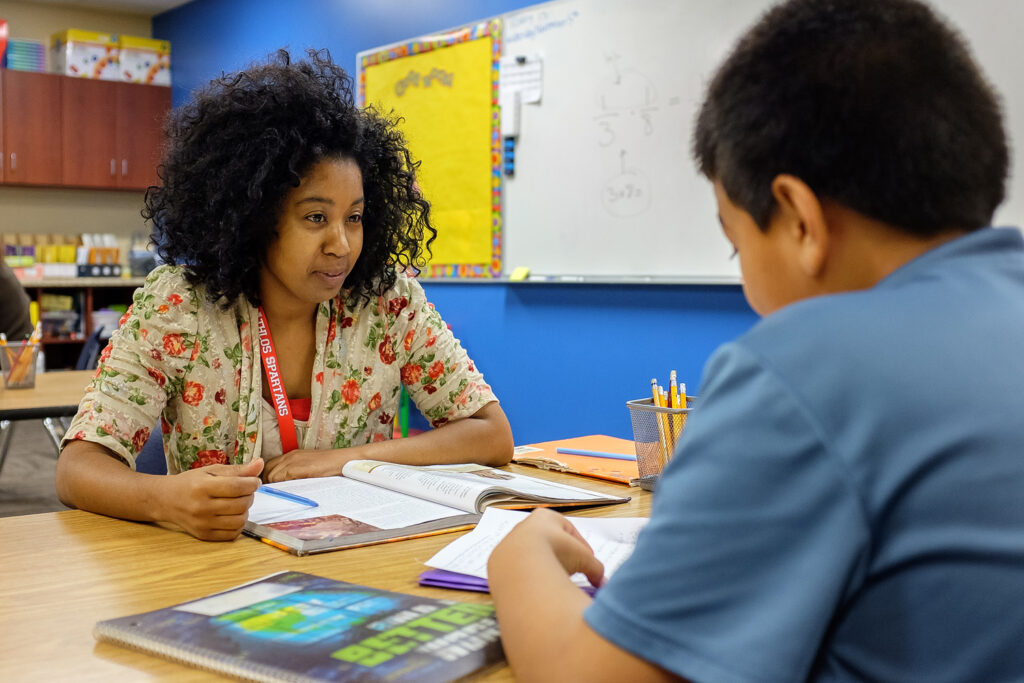
Equitable Learning Environments
For this assignment, we reflected upon...

CourseworkEducational Research and TheoryInclusive Teaching PracticesITL528 Single Subject Integrated Design IINational UniversityStudent Engagement Strategies
Creating A Classroom Environment Conducive to Learning
A primary focus of ITL526 and...

